How the collision detection in the Infiniti QX60 actually works
Keeping you safe on the road

Photo credit: Josiah Bondy
The innovations in cars sometimes sit idle while we drive, scanning the road and looking for problems. In a recent test of the 2019 Infiniti QX60 – a crossover that costs $44,250 (about £35,000, AU$62,000) – it was obvious these advancements have paved the way for autonomous driving in ways we can’t quite imagine yet. Some of the pre-collision tech has been around for over a decade, but it’s obvious automakers are fine-tuning how they work on the highway.
I’ve been testing cars for about seven years now, including many Infiniti models. The problem, of course, is that many of the safety features are available and activated, but you never know when they will actually engage. In some cases, a slight nudge back into the lane when you drift a little isn’t that noticeable. However, the QX60 has new features related to detecting objects and pedestrians that actually did come into play during a week-long test.
Rapid reaction
One happened on a two-lane country highway. We’ve all had this occur: the car in front of you turns on its signal and slows down to make a left turn, and you respond by slowing down. Then the car starts braking way more than you thought, and you have to react quickly or you'll clip the back of the vehicle as it makes the turn. It’s so common that it can happen several times on a two-lane road, although you can normally give yourself plenty of stopping distance.
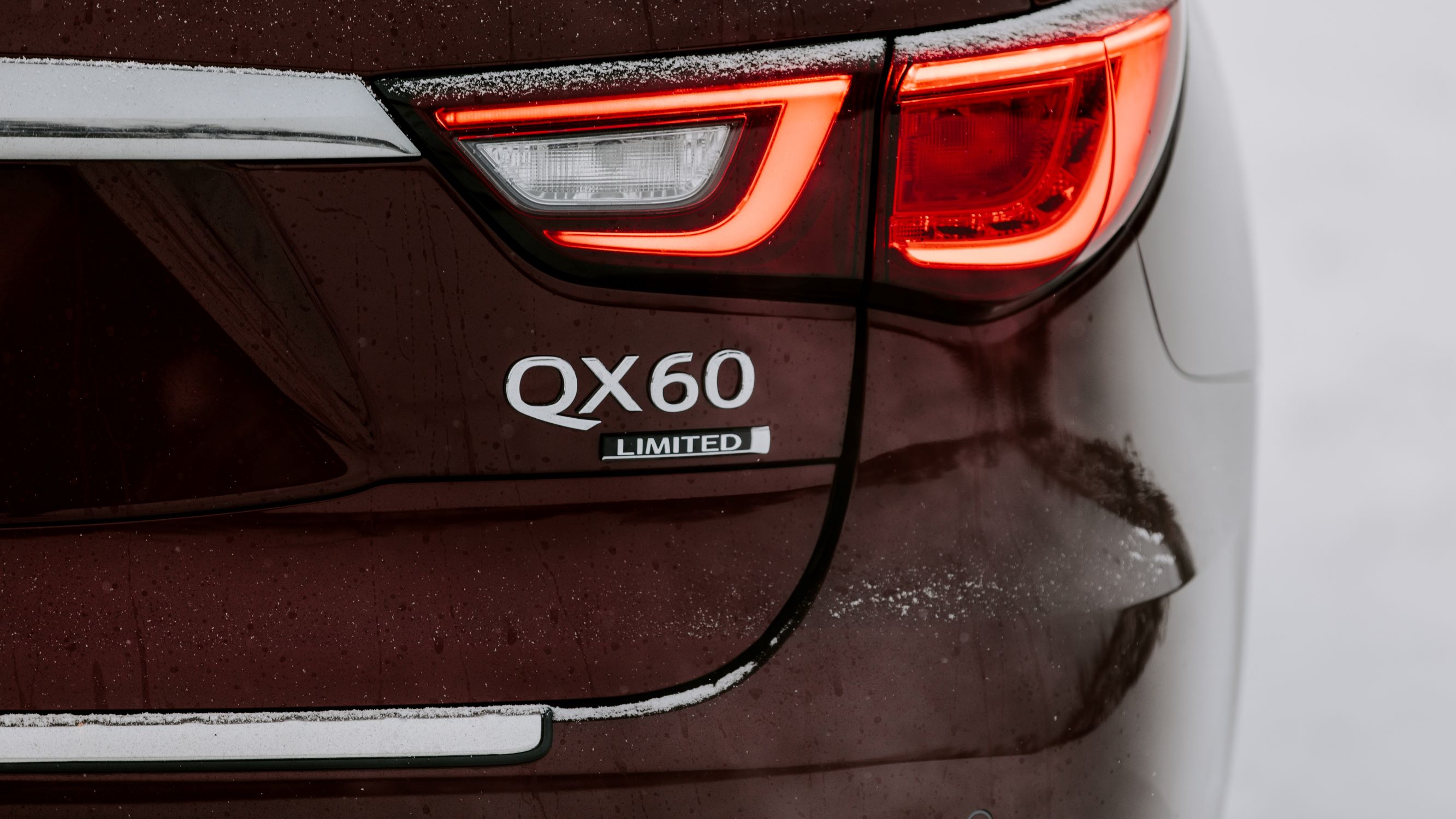



Photo credit: Josiah Bondy
In my case, a car slowed down suddenly, and the QX60 sensed that I was not reacting fast enough. I felt a slight amount of braking but the car also gently nudged me to the right. I’m not sure which algorithms were at play – sensing the car, knowing it was taking a left turn, sensing there was open space to the right of that vehicle – but they worked.
I’m also not sure which feature was actually doing the sensing and avoidance – Infiniti uses Forward Emergency Braking to sense cars and objects in front of you. There’s another one called the Infiniti Safety Shield.
Get daily insight, inspiration and deals in your inbox
Sign up for breaking news, reviews, opinion, top tech deals, and more.
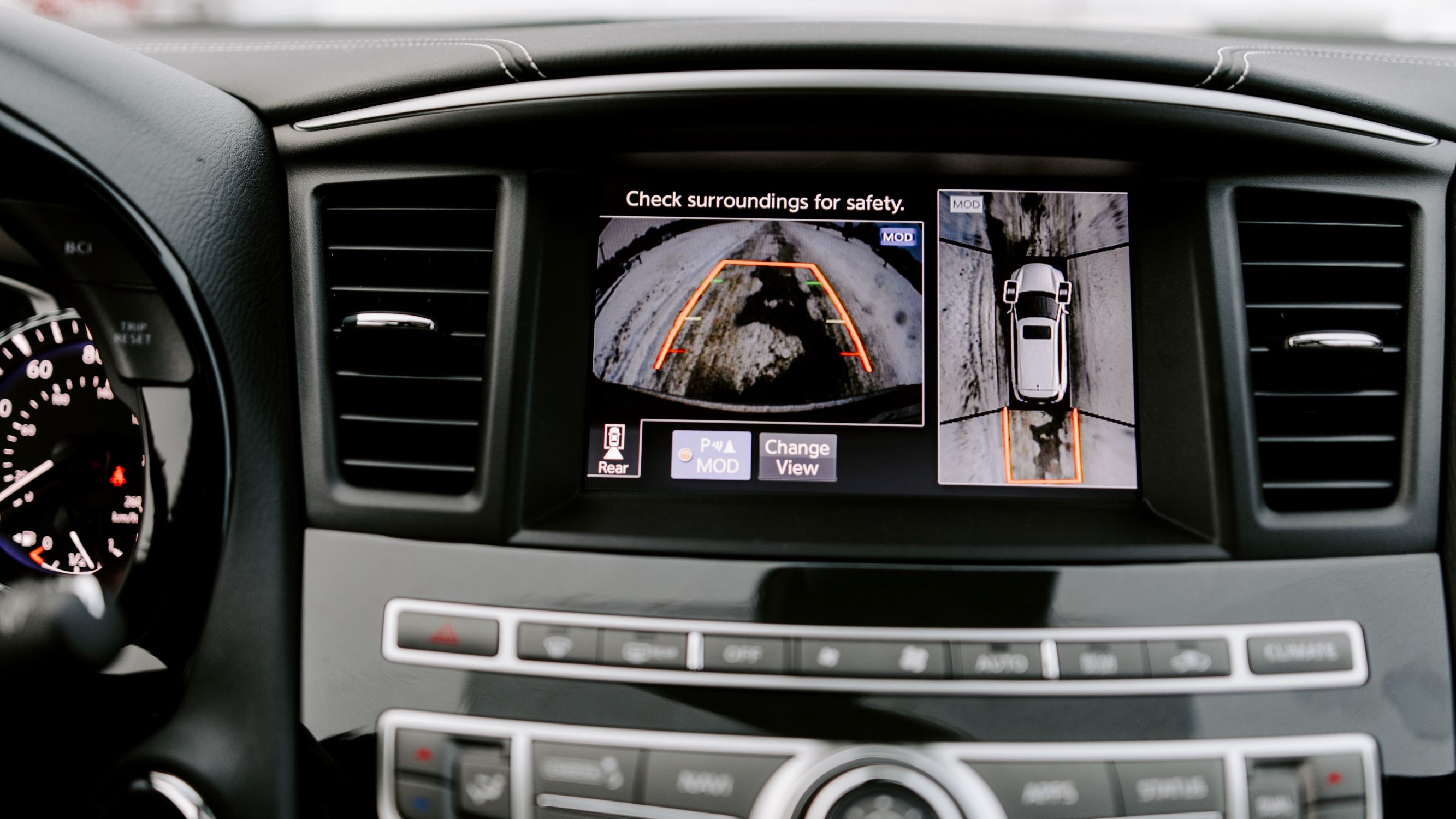

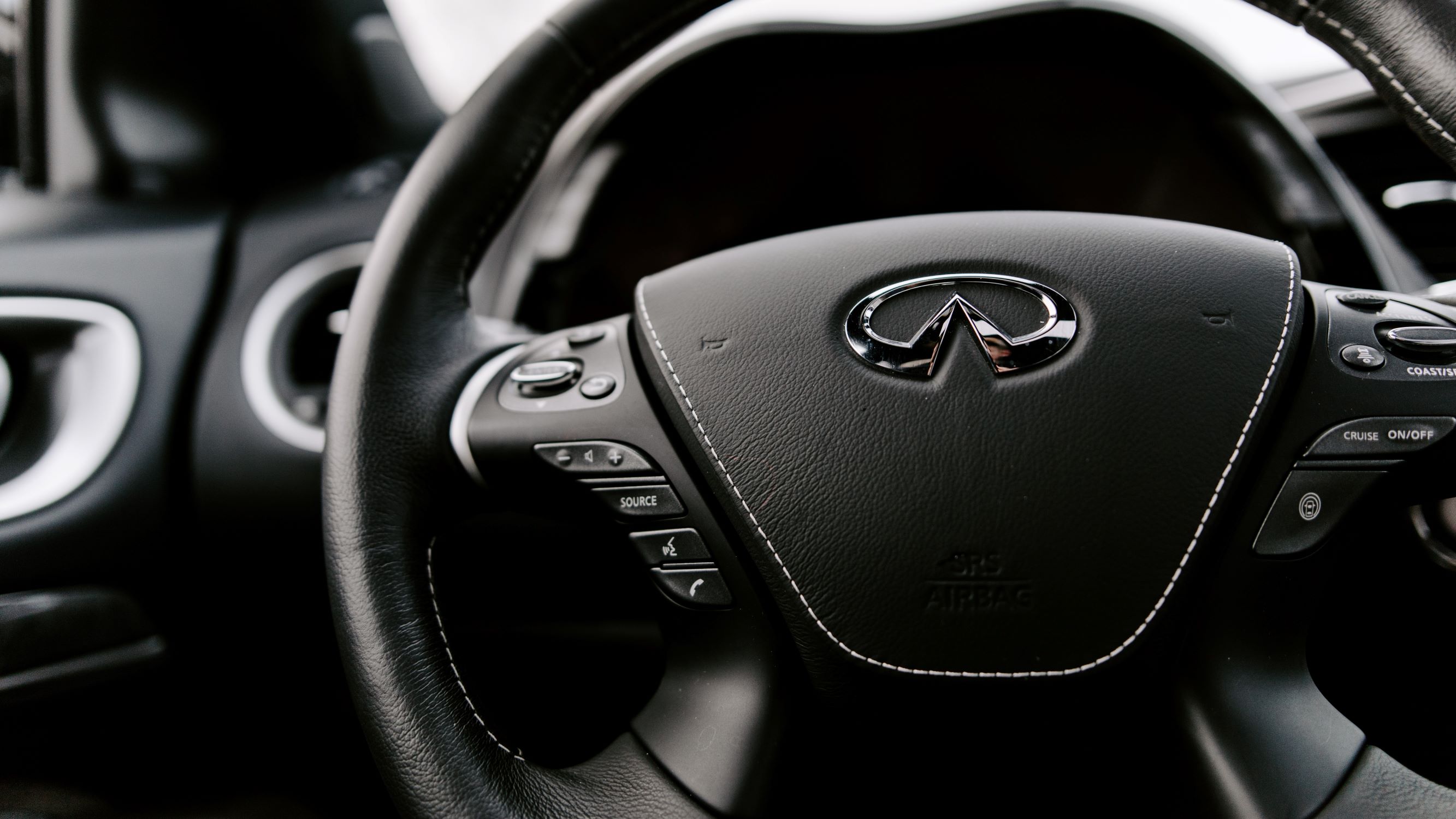
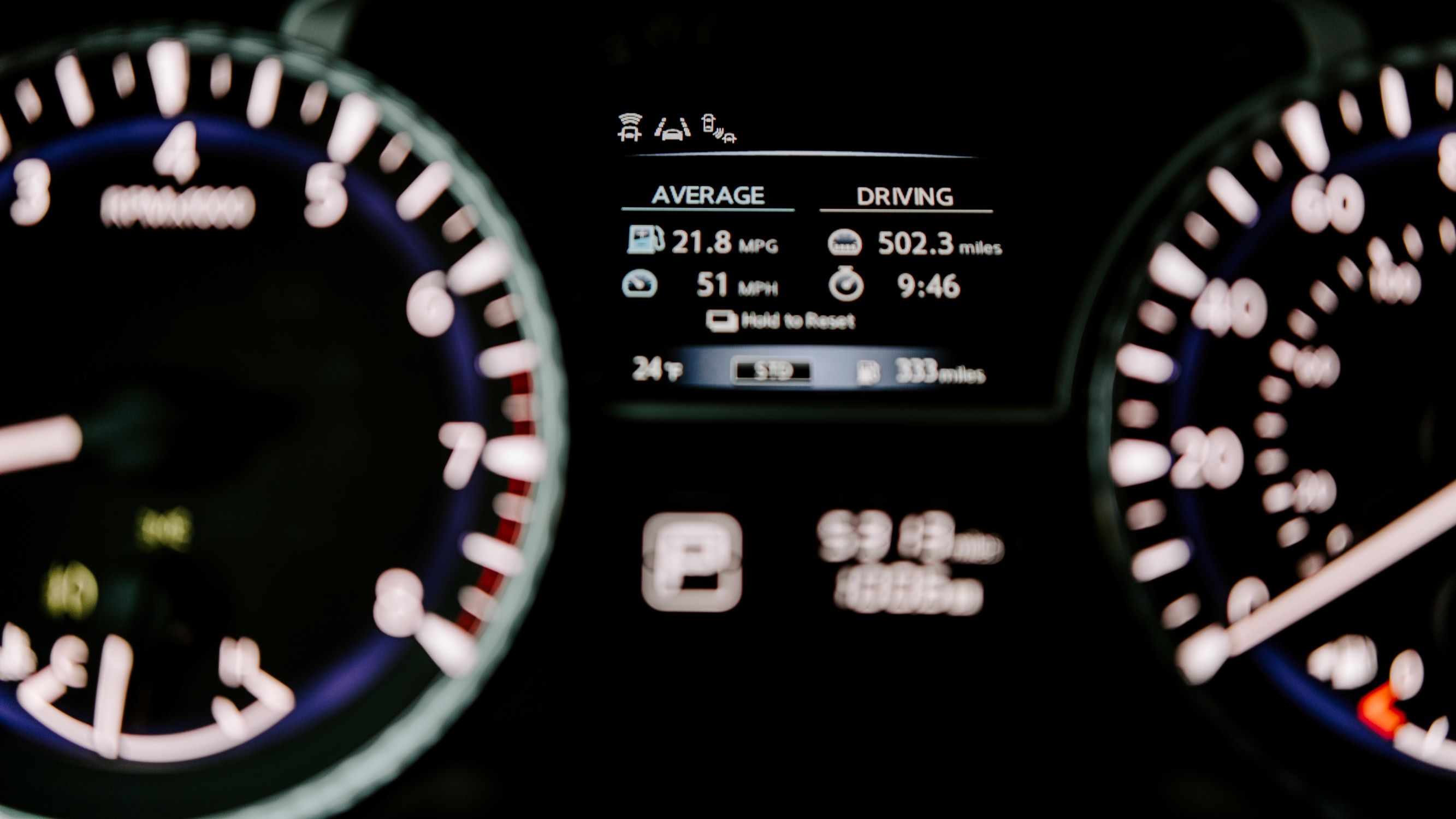
Photo credit: Josiah Bondy
To enable safety features, you press a small button on the steering column that looks like a globe. Once enabled, you see icons in the display above the steering wheel. There’s one for forward collision braking, one for lane keeping, and one for what Infiniti calls Backup Collision Intervention.
I’ve purposefully tested the back-up intervention before by having someone push an empty shopping cart behind the car, and you’ll feel the brakes engage to a full stop. (Obviously that wasn’t the tech in my scenario.) What’s most interesting to me is that it doesn’t really matter – the car avoided clipping the car as it turned.
In another scenario, a car was quite a way in front of me on a four-lane highway. I noticed the QX60 pushed back a little on the accelerator as I was driving, obviously trying to slow down the vehicle since it sensed the car in front of me. I wasn’t in any real danger, and the braking never activated, but the QX60 obviously wanted to make sure it was slowing down enough.
Early intervention
Do we need to know how all of these features work? Yes and no. Engineers have explained to me before that the safety tech on cars works a bit like a Doppler radio, sending out a signal and them measuring the distance of objects. The sensors know if an object is moving toward you, away from you, or staying stationary. It all happens in milliseconds.

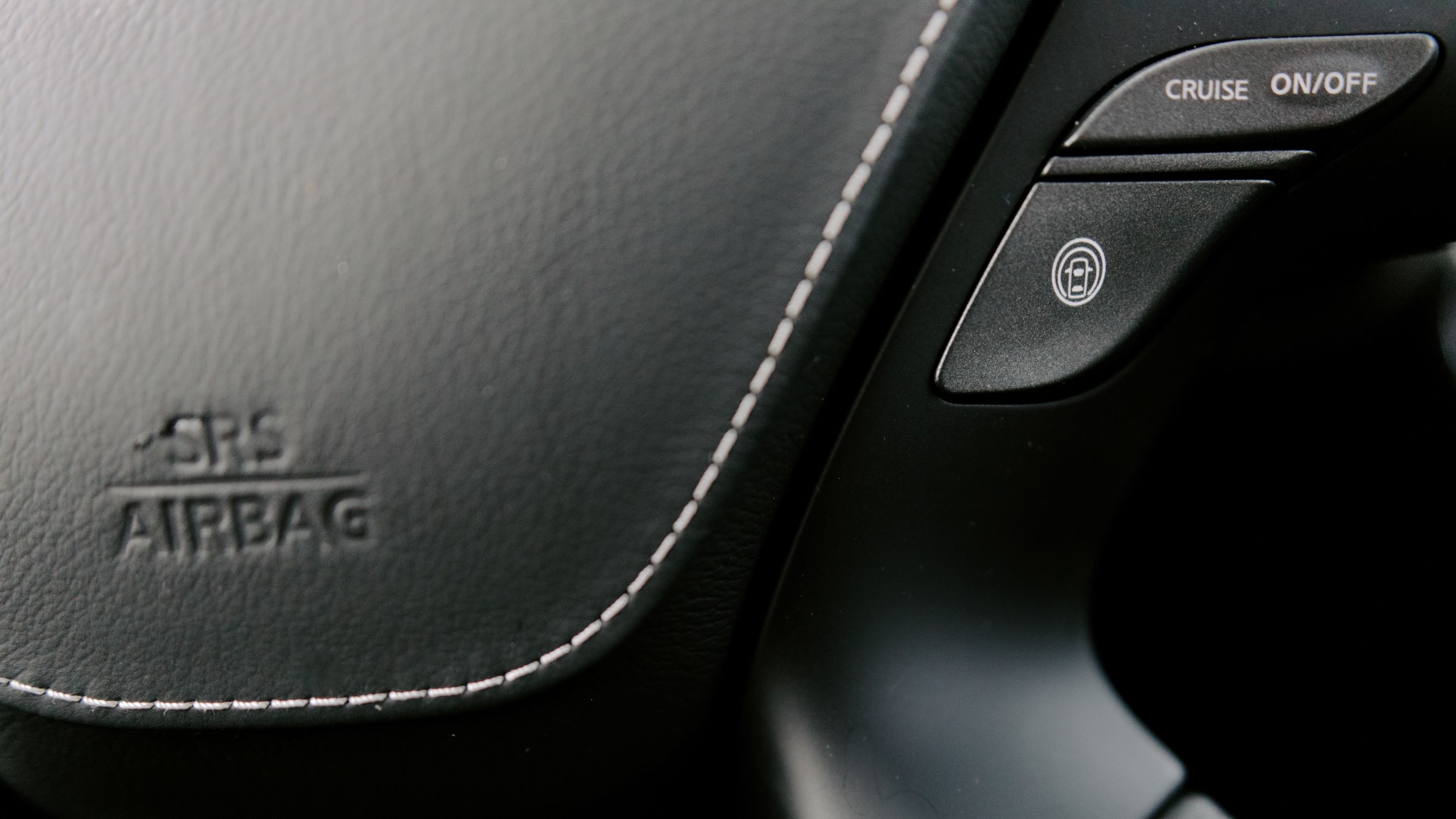


Photo credit: Josiah Bondy
And, in most cars like the Qx60, you can disable the features. That’s helpful, because there may be times when you don’t want the car doing anything on its own.
However, we won’t ever know the exact algorithms used to adjust speed, press back on the accelerator, or apply the brakes. This is proprietary to each automaker – and that’s totally fine. What we care about most? That the vehicle avoids an accident.
On The Road is TechRadar's regular look at the futuristic tech in today's hottest cars. John Brandon, a journalist who's been writing about cars for 12 years, puts a new car and its cutting-edge tech through the paces every week. One goal: To find out which new technologies will lead us to fully self-driving cars.
John Brandon has covered gadgets and cars for the past 12 years having published over 12,000 articles and tested nearly 8,000 products. He's nothing if not prolific. Before starting his writing career, he led an Information Design practice at a large consumer electronics retailer in the US. His hobbies include deep sea exploration, complaining about the weather, and engineering a vast multiverse conspiracy.
